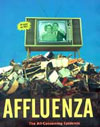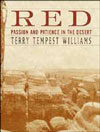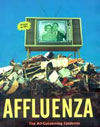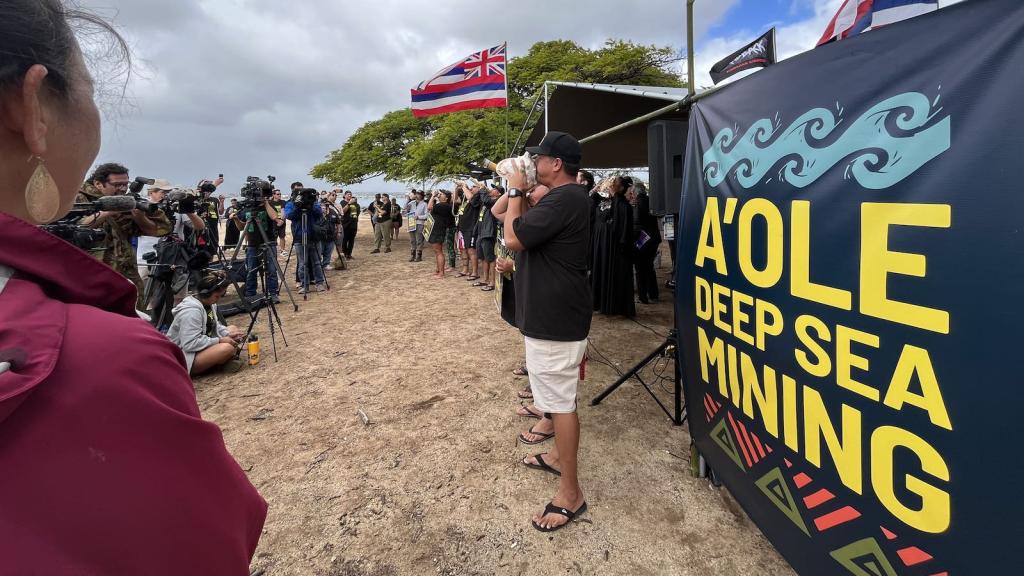There’s been a tendency since Sept. 11 to reconsider everything in light of that horrific tragedy. I’ve tried to resist that inclination, but I had read both Affluenza and Red before that day and could not ignore the way the attacks highlighted the importance of the books’ divergent subject matters: our desire for the good life, which has made us the greatest consumers on earth; and the need to protect the wild places which that pattern of consumption threatens.

Affluenza: The All-
Consuming Epidemic
By John de Graaf, David
Wann, and Thomas H. Naylor
Berrett-Koehler Publishers
Inc., 268 pages, 2001
Affluenza: The All-Consuming Epidemic puts into book form the material covered in a 1997 television documentary of the same name, which chronicled the discontent and distress caused by the great American pursuit of stuff. John de Graaf, a documentary filmmaker, David Wann, a writer and former U.S. EPA policy analyst, and Thomas Naylor, professor emeritus of Economics at Duke University, base their account of materialism run amok in hard facts, but recount it with a light touch. As they say in the introduction, “There is little in this book that is truly new information, yet the issue in this ‘information age’ isn’t more information. It’s how to make sense of what we already know.” The aim of the book, they write, is to “encourage a national dialogue about the American consumer dream,” so that we may make better, more informed choices about what we buy and what the consequences of those purchases may be — “remembering always, that the best things in life aren’t things.”
Many readers will be familiar with the premise of Affluenza, but some of the facts are noteworthy. In each of the past four years, more people declared bankruptcy than graduated from college. On average, the nation’s CEOs now earn 400 times the wages of the typical worker, “a tenfold increase since 1980.” Although the United States makes up less than five percent of the world’s population, we produce 25 percent of all greenhouse gas emissions; since 1950, we “have used up more resources than everyone who ever lived on earth before then.”
Many of us also know that bigger houses, bigger cars, more gadgets, and more expensive clothes do not make us more content, despite the glossy promises of advertisers. Yet consumer spending has long been used as an indicator of both the national economy and the national mood. The more we spend, the better off we are — or so we’ve been told. This mantra has been particularly insistent in the past year, as the great blooming bubble of stock market riches began to deflate and the Bush administration chose instant gratification as an economic strategy. Since Sept. 11, national leaders have been telling us with ever-increasing urgency that consumer confidence must and will rebound. While confidence — as an indicator of our faith in the future — should return, it’s equally clear that the past few decades’ rate of consumption is neither sustainable nor desirable. Moreover, we must assume — and hope — that tragedy has made us wiser, and tempered the impulse of so many Americans to affirm their existence with a pleasing new purchase.
As a third-generation New Yorker, I have spent a lot of time since Sept. 11 thinking about landscape. I grew up in Greenwich Village (where my parents still live), and as a child bicycled with my father and sister through lower Manhattan as the World Trade Center was being built. The news broadcasts of Sept. 11 and the following days came from streets I’ve walked too many times to count. The shattering of a landscape I have known all my life raised questions about home, community, and responsibility to place.

Red: Passion and Patience
in the Desert
By Terry Tempest Williams
Pantheon Books, 262 pages,
2001
These questions are at the heart of Terry Tempest Williams’ new book Red: Passion and Patience in the Desert which, in a careful combination of new work and selections from earlier books, makes a poignantly persuasive argument for the preservation of America’s red rock wilderness in the Southwest. In the eloquent essay “Home Work,” Williams writes, “As the world becomes more crowded and corroded by consumption and capitalism, this landscape of minimalism will take on greater significance, reminding us through its blood red grandeur just how essential wild country is to our psychology, how precious the desert is to the soul of America.”
“Once strengthened by our association with the wild, we can return to family and community,” she continues.
Each of us belongs to a particular landscape, one that informs who we are, a place that carries our history, our dreams, holds us to a moral line of behavior that transcends thought. And in each of these places, home work is required, a participation in public life to make certain all is not destroyed under the banner of progress, expediency or ignorance. We cannot do it alone. This is the hope of a bedrock democracy, standing our ground in the places we love, together.”
These words seem particularly important as discussions progress about how to rebuild the part of Manhattan devastated by the attacks on the World Trade Center and how the country should respond to this terrorism. In the best of times, protecting our rivers, open spaces and remaining wilderness from degradation is difficult. With the current focus on security and defense, this task will become harder. But perhaps we can emerge from our grief as more considerate consumers who realize that one of our greatest acts of hope and faith will be to think about the future. Perhaps we can remind one another that in caring for each other and for the artifacts of our culture, we must also care fervently for the wild and natural places that make life possible.



